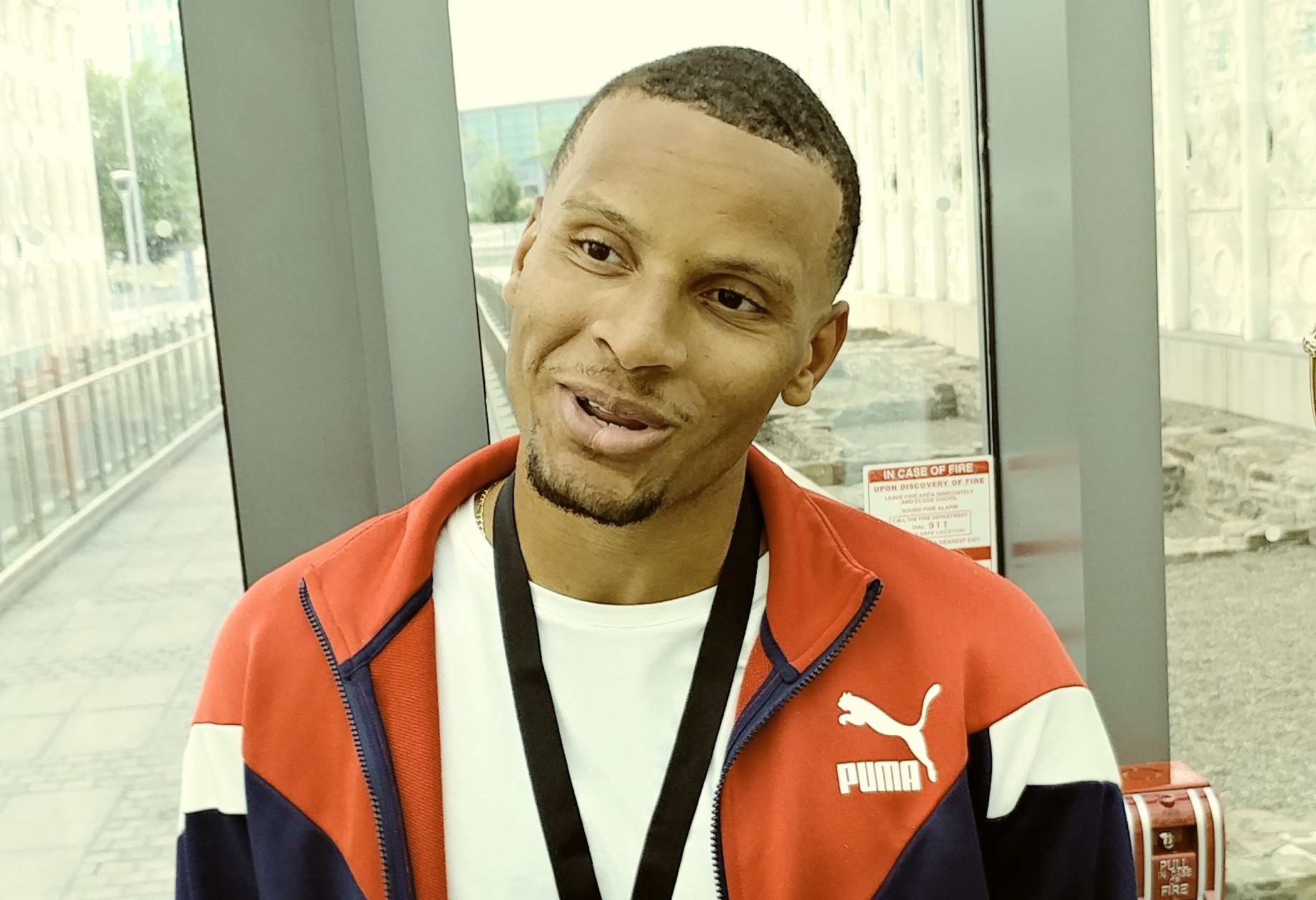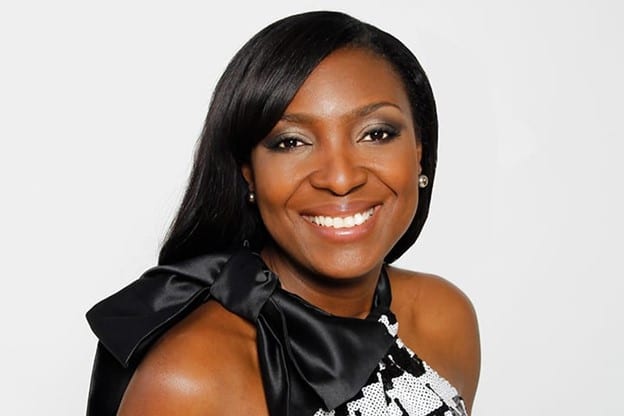In a Garage
Amazon.com
Noticing the increasing popularity of the Internet, 30-year-old Jeff Bezos decided to start a virtual store in 1994. He settled on books, due to their relatively low cost and high demand. With a large investment from his parents he created Amazon, selling books online from his garage. Within two months, Amazon had weekly sales of $20,000. By expanding into selling electronics, clothing, appliances, utensils and services among other items, Amazon has become the world’s leading online retailer.
Apple Inc.
Steve Jobs and Steve Wozniak were introduced to each other in 1971 by a friend of Wozniak’s who was a fellow member of the Homebrew Computer Club, a group of computer hobbyists and professionals who held their meetings in a garage in Menlo Park, San Mateo County, California. The friend told Wozniak, “You should meet Steve Jobs because he likes electronics, and he also plays pranks.” That was the beginning of the well-known partnership. Wozniak designed and developed the 1976 Apple 1 micro-computer. Jobs developed its unique case. The pair sold some of their possessions (Wozniak’s HP scientific calculator and Jobs’ Volkswagen van) to raise money for their project. On April 1, 1976, Apple Computer was formed. Today, the term, APPLE, is trademarked, and the release of a new Apple product is a guarantee that there will be a long lineup of devotees rushing to acquire it.
The Walt Disney Company
Growing up in Chicago, Walt Disney took art and cartooning classes, and had a job as a commercial illustrator by the time he was 18. In 1923, he headed west to California seeking work in the movie industry, but after experiencing setbacks, he decided to try his hand at animation. He rigged up a cartoon stand using plywood boxes and spare lumber in his Uncle Robert’s garage, and tried to interest the Pantages theatre chain in buying a reel of joke cartoons he had made with a modified movie camera. However, a contract came through for the Alice Comedies, one of the earlier projects he had created with his brother Roy, so Disney moved his enterprise down the street to a room he rented for $10 a month at the back of a real estate office and bought a used camera for $200. That became the unofficial site of the first Disney Brothers Studio. With TV networks, movie studios, vacation resorts, theme parks and record labels, the Disney Empire is now one of the world’s largest media conglomerates.
By the way, Uncle Robert’s original 12 ft. by 18 ft. garage was saved from demolition in 1984 by The Friends of Walt Disney. Then it was dismantled, reassembled and donated to the Stanley Ranch Museum in Garden Grove, California, where visitors can view a collection of Disney memorabilia.
Harley-Davidson Inc.
In 1901, 20-year-old William Harley created a technical drawing of an engine designed to fit onto a bicycle. With a friend, Arthur Davidson, he spent the next two years assembling this bicycle in a 10 ft. by 15 ft. wooden shed. With additional help from Arthur’s brother, Walter, the trio produced their first motor-bicycle in 1903. The rest is history. Harley-Davidson is now one of the world’s largest motorcycle manufacturers, as well as licensing and marketing merchandise under the Harley-Davidson brand.
In a University Dorm
Mark Zuckerberg was 19 years old and studying psychology at Harvard when he launched Facebook in February 2004. A keen computer programmer, Zuckerberg viewed his creation as something of an online, student-centred version of the directories (facebooks) US universities published featuring profiles of students and staff. Within 24 hours, 1,200 Harvard students had signed up. The network quickly expanded to include other Boston universities, eventually all US universities, US high schools and UK universities. By September 2006, the online social media and social networking site had extended beyond educational institutions to practically anyone with a registered email address. Today, the global phenomenon known as Facebook is used by almost everyone!
Snapchat
In April 2011, Evan Spiegel proposed the idea of Snapchat to his fellow students during a product design class at Stanford University. Spiegel was riffing off an idea a dorm mate Reggie Brown had suggested: Wouldn’t it be fun to be able to send photos to friends and then have the photos disappear right after they were viewed? Despite some reservations from the class, the duo brought in a third student, Bobby Murphy, to write the source code for the app. After an initial launch under the name, Picaboo, the app was relaunched in September 2011 as Snapchat. With instant messaging, video chat, postings that lasts for 24 hours, and other trendy features, Snapchat has become the go-to social networking app for young people. Boasting over 7 billion video views a day, Snapchat is rivalling Facebook. In spring 2017, Snapchat went public with an initial public offering (IPO) that has raised $3.4billion.
On The Playground
One story has it that Jack Dorsey first proposed the idea of Twitter in a daylong brainstorming breakout session that occurred on a playground in South Park, San Francisco. His simple idea was to find a way to use text messaging to tell small groups of people what you were doing. Since 160 characters was the limit for text messages, saying the message in 140 characters or less would leave room for the username. And so, the seeds of Twitter were sown. The first version of this idea was created in March 2006. Twitter has been described as more of a global information network than a social network, changing the face of media, politics, business, entertainment and more.
On a Bus
Dropbox
Drew Houston had a habit of forgetting to take his USB drive with him when he headed to his classes at the Massachusetts Institute of Technology (MIT). On a bus ride, one day, he had a brainwave, what if he could leave his files on an online folder somewhere else and access them from anywhere? Initially, Dropbox was for Houston’s own personal use but then he realized it could also be helpful for other people. With co-founder Arash Ferdowsi, he sought funding to begin development of the program. Dropbox is now one of the fastest-growing cloud storage and backup services in the world, with more than 500 million users.
So, get cracking on your big idea. As you’ve seen, unparalleled success can come from simple problem-solving ideas and you can get those anytime, anywhere. You don’t have to be in a corporate setting, sitting behind a big office desk.
The Edge Team




















